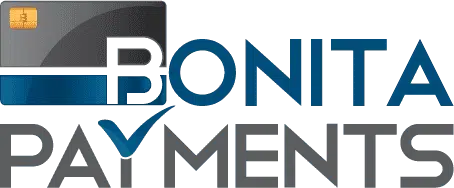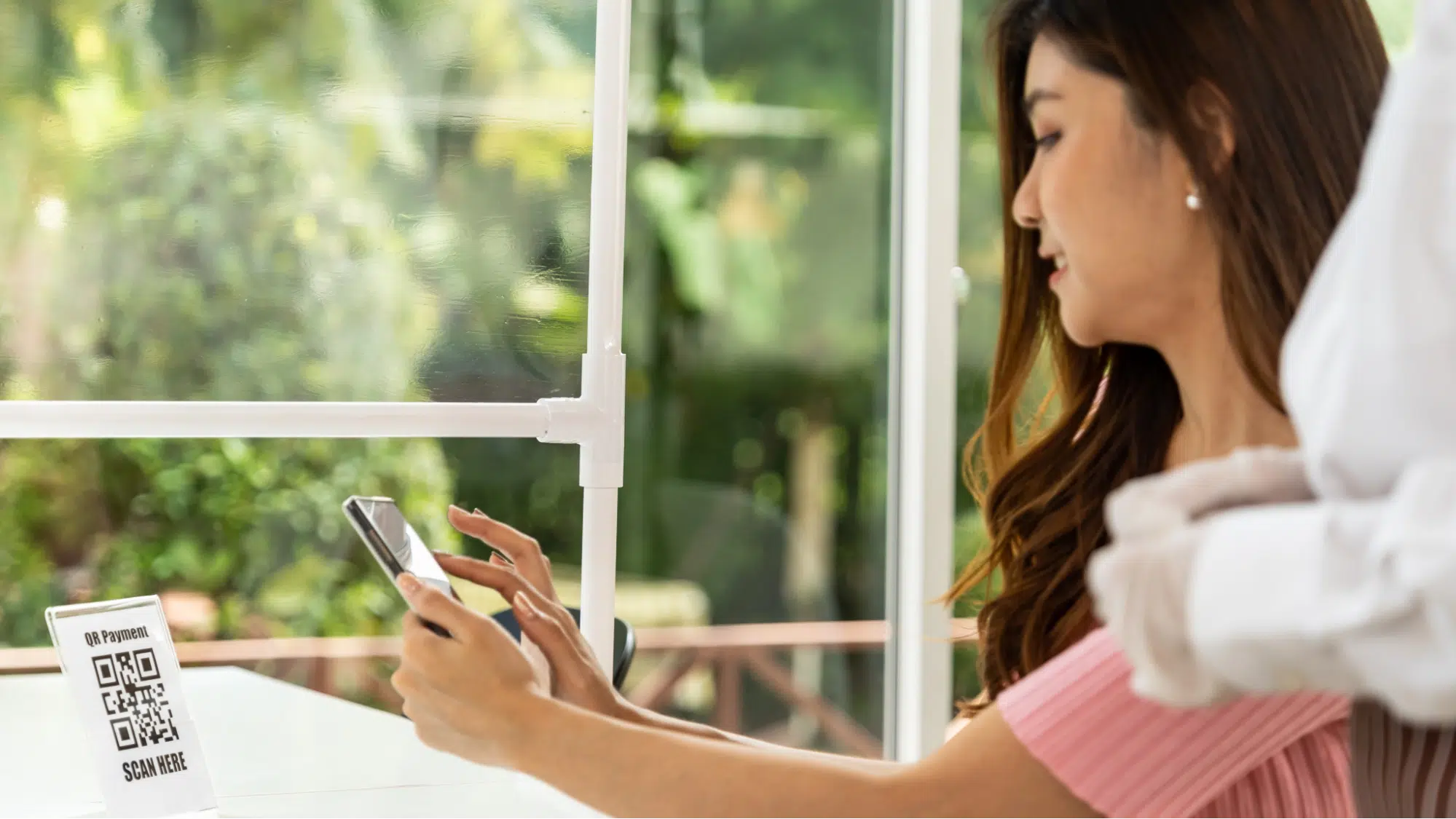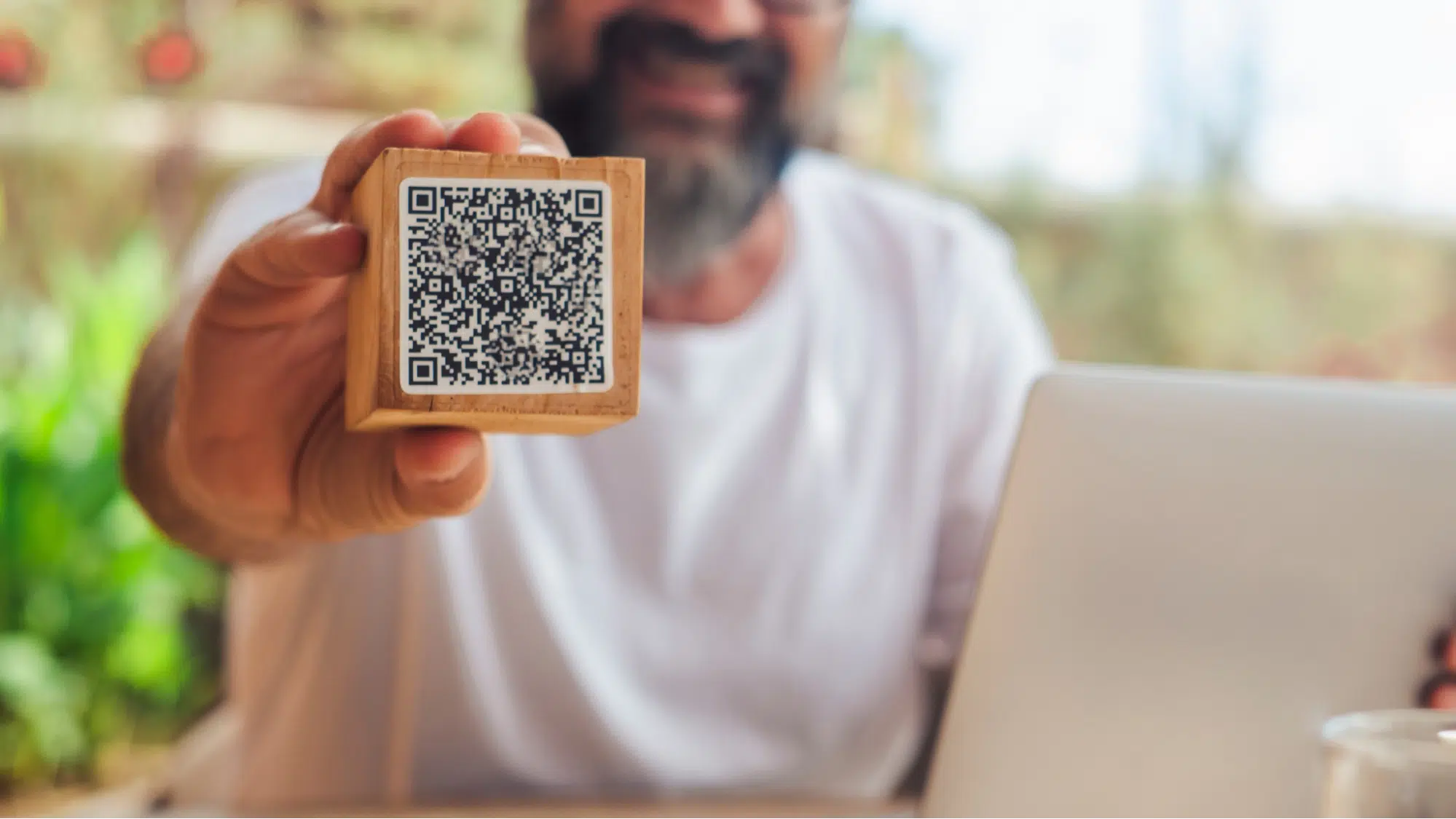The global COVID-19 pandemic brought about significant changes in how we live our lives, with a particularly profound impact on the restaurant industry. This challenging period spurred an increased adoption of technology, leading to a significant shift towards contactless dining experiences and electronic restaurant menus. While initially a response to public health concerns, these changes have grown into influential trends shaping the future of the restaurant industry. A crucial player in this evolution is the QR code.
A Quick Response (QR) code is a type of barcode that can be scanned using smartphone cameras. Scanning a QR code can direct customers to a website, a payment portal, or in the case of the restaurant industry, a digital menu. But, why are restaurants using QR codes for menus? The answers are numerous, but most importantly, QR codes increase efficiency, boost customer satisfaction, reduce costs, and fundamentally enhance the dining experience.
A Deep Dive into the Benefits of QR Code Menus
Whether you’re a restaurant owner, a seasoned manager, or a decision-maker in the restaurant industry, the integration of QR codes into your restaurant operations offers numerous benefits. Let’s examine these advantages more closely:
Cost Reduction
Traditional physical menus require frequent updating and printing, representing an ongoing expense for many restaurants. Switching to a digital menu dramatically reduces these printing costs and lessens the environmental impact of your restaurant operations. Additionally, updating your menu digitally is quick and effortless, allowing you to promptly introduce new items or modify existing ones without incurring printing costs.
Labor Efficiency
Amid a growing labor shortage in the restaurant industry, QR code ordering offers a solution to maximize staff productivity. By allowing customers to place their own orders, staff time is significantly saved, reducing wait times and improving table turnovers. This not only streamlines your operations but also allows your staff to focus on delivering a superior dining experience.
QR codes can also facilitate seamless and contactless payment experiences. By integrating payment systems with QR codes, customers can settle their bills digitally without the need for cash or physical credit cards. This expedites the checkout process, reduces waiting times for customers, and enables restaurants to serve more customers efficiently.
Enhanced Customer Experience
With a QR code, customers can quickly access your restaurant’s menu using their smartphones at their own pace. This convenient, unhurried browsing experience reduces waiting times, ensuring a seamless and relaxed dining experience. QR codes also provide the added benefit of being accessible to international customers, who can view the menu in their preferred language, thus improving guest experiences.
With QR code ordering, customers can select their items, customize their preferences, and submit their orders directly to the kitchen. This eliminates the time-consuming process of a server taking down orders manually, reducing errors and miscommunications. The digital nature of QR codes ensures that orders reach the kitchen faster, allowing for quicker preparation and serving of meals.
Increased Revenue
QR code menus can incorporate more than just text-based menu items. They provide an opportunity to include high-quality pictures, detailed descriptions, and customer reviews. By enhancing the presentation of your offerings, QR code menus can entice customers to order more, directly impacting your bottom line.
Enhanced Customer Engagement
QR codes can serve as a gateway to engage customers with additional information and promotions. Restaurants can include QR codes on table tents, coasters, or digital displays to provide customers with access to offers, loyalty programs, online reviews, or social media pages. This creates an interactive experience, encourages customer interaction, and promotes customer loyalty.
Efficient Inventory Management
QR codes can be used to track and manage inventory effectively. Each item can be assigned a unique QR code, allowing staff to scan the code whenever the item is used or restocked. This data can be integrated with inventory management systems, providing real-time insights into stock levels, ingredient usage, and reorder requirements. By automating these processes, restaurants can reduce manual effort, minimize wastage, and optimize their inventory management.
Branding Opportunities
Restaurants using QR codes for menus have an additional avenue for branding and marketing. QR codes can be customized and designed to match your restaurant’s aesthetic, offering a unique opportunity to further promote your brand and enhance your restaurant’s appeal.
Contactless Solution
In the current climate, where safety and hygiene are paramount, providing a contactless dining experience is not just a unique selling proposition but a fundamental expectation. QR codes, as a contactless solution, position your restaurant as proactive and responsive to customers’ needs in this ‘new normal.’
QR codes enable customers to access menus and place orders using their smartphones. This eliminates the need for physical menus, reducing printing costs and the risk of contamination, especially in a post-pandemic world. Customers can scan the QR code displayed at their table or on promotional materials, browse the menu digitally, and submit their orders directly from their devices.
Data Collection and Analysis
QR codes allow restaurants to gather valuable data on customer preferences, order history, and dining habits. By analyzing this data, restaurants can gain insights into customer behavior, identify popular dishes, and make informed decisions regarding menu modifications, pricing strategies, and marketing campaigns. This data-driven approach helps optimize operations, improve customer satisfaction, and drive business growth.
Understanding Optimal QR Code Size and Best Implementation Practices
The size of your QR code plays a crucial role in its effectiveness. The optimal QR code size should be large enough to be easily scanned by customers, even from a reasonable distance. QR codes that are too small may be difficult for smartphone cameras to read, while those that are too large may not blend well with your restaurant’s aesthetic. The maximum QR code size often recommended is 2.5 x 2.5 inches, but this can vary depending on the scanning distance and the quality of your customers’ smartphone cameras.
Here are the best ways to implement your QR code ordering system:
- Select a reliable QR code generator: Choose a reputable QR code generator that allows you to create dynamic QR codes. Dynamic codes are editable and provide flexibility in updating menu items, prices, and other details without changing the QR code itself.
- Design a user-friendly menu: Create a digital menu that is easy to navigate and visually appealing. Organize the menu into categories and include attractive images, detailed descriptions, and prices for each item. Ensure the menu is mobile-friendly, as most customers will access it from their smartphones.
- Generate unique QR codes: Create a unique QR code for each table or location in your restaurant. This way, customers can easily scan the code at their table to access the digital menu and place their orders. Print and display the QR codes prominently on the table or provide them through table tents or other visible means.
- Integrate with an ordering system: Link your QR code system to an ordering system that allows customers to add items to their virtual cart and place orders seamlessly. The system should be able to handle modifications, special requests, and any other customizations that your menu offers.
- Provide payment options: Include a secure payment gateway within the ordering system to facilitate easy and contactless transactions. Offer various payment methods such as credit/debit cards, mobile wallets, or even integration with popular third-party apps.
- Streamline kitchen communication: Ensure that the orders placed through the QR code system are automatically transmitted to the kitchen or order preparation area. This can be done using a kitchen display system or by integrating the ordering system with your existing POS (Point of Sale) system.
- Offer order tracking and notifications: Keep customers informed about the status of their orders. Implement order tracking functionality within the system, allowing customers to see the progress of their order. Additionally, send notifications or alerts to customers when their order is being prepared or is ready for pickup/delivery.
- Train staff and provide assistance: Educate your staff about the QR code ordering system so they can assist customers with any questions or difficulties they may encounter. Ensure they are familiar with the ordering process, troubleshooting common issues, and providing recommendations.
- Gather feedback and make improvements: Continuously collect feedback from customers about their experience with the QR code ordering system. Use their suggestions and comments to make necessary improvements and enhancements to the system, menu offerings, or overall customer experience.
- Promote the system: Market your QR code ordering system through various channels, such as social media, your website, in-store signage, and word-of-mouth. Highlight the benefits of convenience, speed, and safety to encourage customers to use the system.
Leveraging the Best QR Code Menu for Your Restaurant: What to Consider
When it comes to choosing the best QR code menu for restaurants, remember that a one-size-fits-all approach does not apply. The best QR menu for your restaurant is the one that seamlessly integrates with your existing operations, enhances the customer experience, and offers the flexibility to grow and adapt with your business.
Look for QR code menu solutions that can integrate with your restaurant POS. This integration enables streamlined operations, accurate sales tracking, and efficient inventory management. The best QR code menu solutions provide the flexibility for adding new menu items, adjusting prices, and promoting special offers in real-time.
Moreover, with the growing customer demand for online ordering systems and delivery options, it’s beneficial to choose a QR code menu that can integrate with your restaurant delivery services. This integration can greatly streamline your restaurant business and improve efficiency, allowing for an enhanced customer dining experience both in-house and for take-out or delivery customers.
The Future of QR Codes: A Long-Term Solution, Not a Passing Trend
Despite the sudden emergence and adoption of QR codes in the restaurant industry due to the pandemic, these are not just a temporary fix. Instead, they present a transformative solution that offers immense potential to the restaurant industry. QR codes have shown their power to enhance customer experiences, optimize operations, increase efficiency, and reduce costs.
As the restaurant industry continues to evolve and adapt to new challenges and trends, incorporating technology like QR code menus is essential. QR codes are here to stay, so embrace their potential to stay ahead of the curve and maximize your restaurant’s success.






